Understanding Transformation of E. coli: A Detailed Explanation
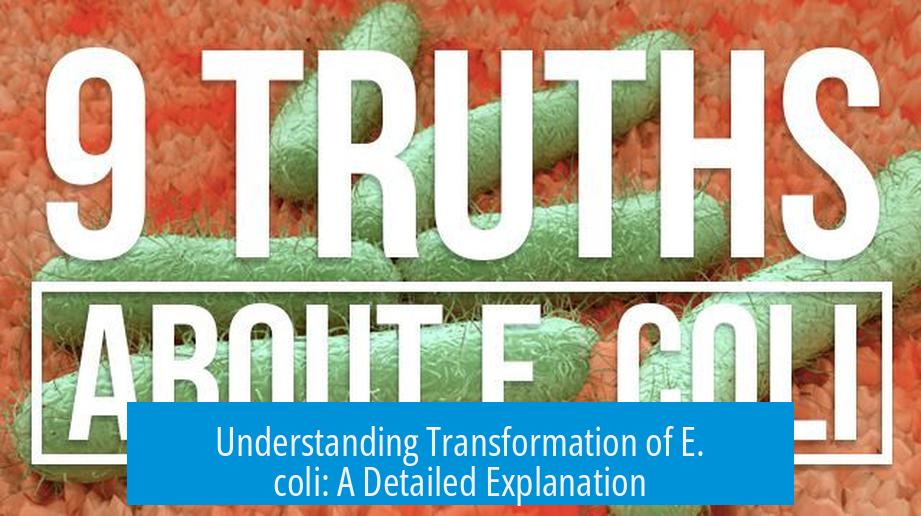
Transformation is the process of introducing foreign DNA, such as plasmids, into Escherichia coli (E. coli) cells to enable new genetic traits. This does not mean E. coli is “transformed into” something else but rather that it takes up new genetic material to express desired proteins or phenotypes.
Basics of E. coli Transformation
In molecular biology, transformation refers to inserting a plasmid DNA into bacterial cells. This allows bacteria to produce proteins coded by the plasmid. The process typically involves mixing competent E. coli cells with plasmid DNA, heat shocking or electroporating them, then growing on selective medium.
Working with DNA Libraries
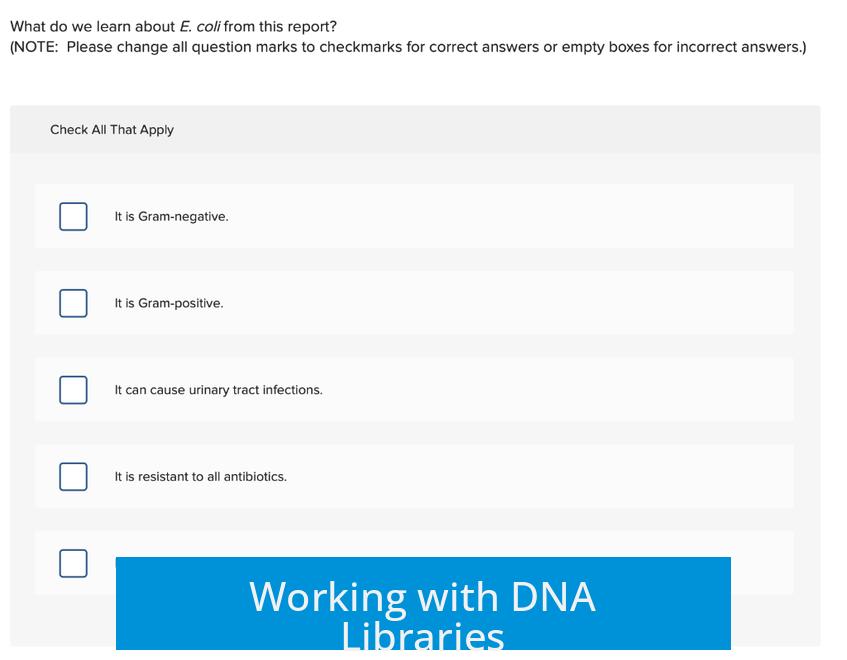
- If a known sequence is available, you can synthesize the DNA or verify sequences by sequencing—ensuring all variants are included or duplicates eliminated.
- Random libraries can still be used; historically, they were cost-effective but sequencing costs have fallen, balancing this choice.
- Performing many transformations can be tedious.
- One can skip colony selection if each well contains a single plasmid type without mixture.
Post-Transformation Protein Expression Considerations
- Protein expression levels may vary between clones; monitoring this is crucial since uneven expression impacts experimental results.
- Antibiotic-containing media, which select for transformed clones, can reduce recombinant protein expression levels.
- Different strains of E. coli grow at different rates, influencing protein yield and assay timing.
- Including a recovery phase—growing cells to a specific optical density in antibiotic medium before assays—helps synchronize cultures.
DNA Quality and Assay Sensitivity
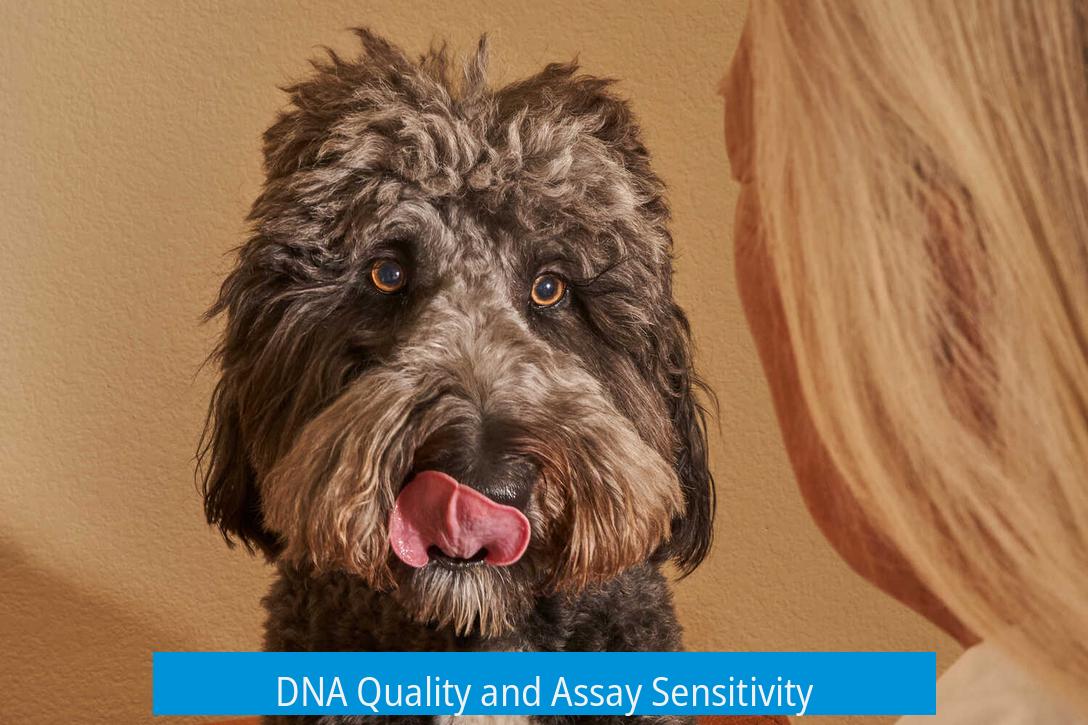
- Synthetic DNA may contain errors; quality control is essential to reduce mutations.
- Assay sensitivity dictates how much contaminating DNA or protein variation affects results.
- Normalizing protein or enzyme amounts helps ensure differences observed are meaningful.
- High throughput screening tolerates some impurities but is less rigorous than traditional stepwise validations.
Refining Approach: Directed Evolution and Alternatives
- If the best sequence is already identified, directed evolution may not be necessary.
- Using in vitro transcription-translation (IVTT) systems can speed testing by expressing proteins directly from supplied DNA with a T7 promoter.
Correct Terminology Usage
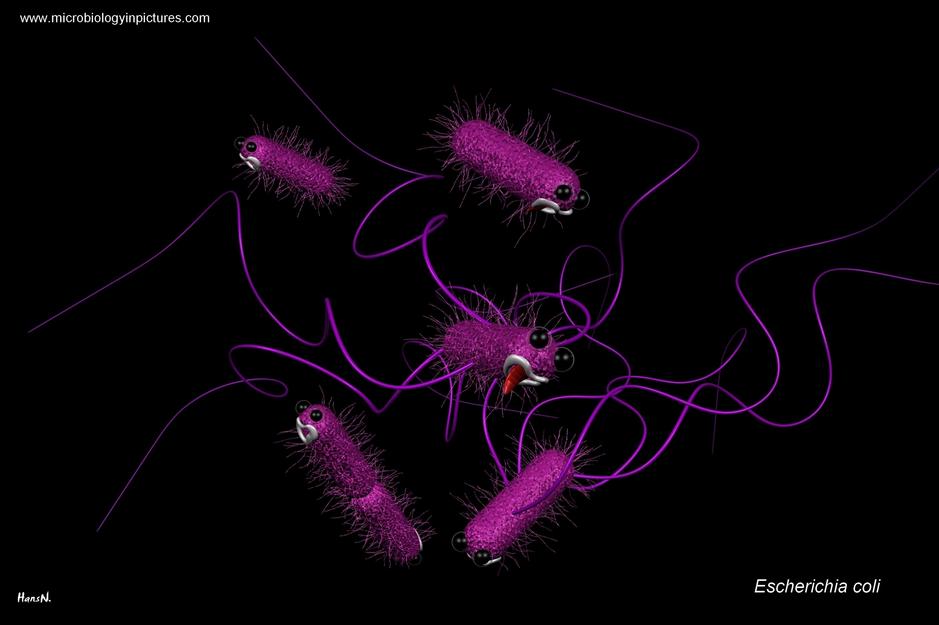
It is more accurate to say “transforming bacteria with plasmids” rather than “transforming into E. coli.” Transformation refers specifically to DNA introduction, not changing the bacterial species.
Key Takeaways
- Transformation introduces plasmid DNA into E. coli; the bacteria are not changed into a different organism.
- Choosing between known sequences or libraries depends on experimental goals and cost considerations.
- Protein expression variability and growth conditions impact downstream assays.
- Ensure quality DNA and consider assay sensitivity to interpret results accurately.
- Terminology matters: use “transform bacteria with plasmids,” not “transform into.”
Potentially Stupid Question.. about Transforming Into E.coli: What You Really Need to Know
We’ve all been there—the moment you wonder if it’s even possible, or polite, to transform into E.coli. Spoiler alert: biologically, you can’t just flip a switch and become one of these microscopic friends. But don’t throw your lab coat in despair! What you CAN do is transform bacteria, like E.coli, with plasmids, effectively loading them up to produce the proteins or enzymes you need. Let’s break down what transformation really means, how it works, and why the phrase “transforming into E.coli” is a bit of a mix-up in scientific lingo.
Why “Transform Into E.coli” Is a Bit of a Misnomer
First, here’s some linguistic housekeeping. The proper term is “transforming bacteria with plasmids.” You add DNA (in plasmid form) into bacteria—E.coli is a popular choice—so that these tiny cells express new proteins or traits. But you don’t transform *into* E.coli; you transform *E.coli* itself! Calling it otherwise? A little “potentially stupid,” but hey, it happens.
Transformation and Library Construction: Picking Your Battles
Here’s your first fork in the molecular road. When creating a set of mutated genes or libraries for testing, you can start with a known DNA sequence. Maybe you synthesized it from scratch or sequenced a collection—say, making sure you have every possible amino acid arranged in different combos without duplicates. Alternatively, you can build a random library first, transform the bacteria, and then sequence the winners following selection.
Back in the day, sequencing was pricey. So, people built random libraries and picked at the end. Now, with falling costs of DNA sequencing, starting with the exact known sequences is often feasible and saves you from dealing with a nightmarish tangle of mutants.
Still, transforming a ton of samples? Yeah—it can be a “pain in the neck.” Think of it like trying to spin plates while juggling. It’s doable but not always fun.
And here’s a neat trick: you can skip colony selection if each well in your screening plate has just one type of plasmid. This shortcut saves days but requires you’re sure there’s no mixing of plasmid types lurking about. Otherwise, your results might resemble a mystery novel with too many plot twists.
Protein Expression Post-Transformation: The Real Game Begins
Successfully getting plasmid DNA into E.coli is only step one. What you ultimately want to check is protein expression levels. Did your mutants produce roughly the same amount of protein? Or are some E.coli strains slacking off, expressing less due to, say, metabolic burdens or plasmid instability?
Growing cells in media that contains antibiotics (necessary to maintain plasmid selection) can ironically lower the expression of your recombinant proteins. Sometimes you’re stuck between a rock and a petri dish, fighting to keep plasmid presence but losing protein yield. It’s like carrying an annoying but essential backpack while sprinting.
Also, note that different E.coli strains have different growth rates—some speed demons, others slowpokes. This variation affects protein production timing and yields. Here’s another tip: add a short recovery phase. After transformation, let your bacteria grow in antibiotic media until they reach a certain optical density (OD). Then, take aliquots for your microwell plates. This move helps keep conditions consistent across all your mutants, reducing variability in your experiments.
Quality of DNA and Sensitivity of Your Assays Matter
Even synthetic DNA from commercial suppliers isn’t perfect. Mistakes sneak in, so don’t expect 100% error-free sequences. For high-throughput screens, this usually isn’t a disaster. But if your assay is ultra-sensitive, these low-level contaminants or faulty DNA copies might mess with your data.
Ask yourself: how sensitive is your assay? Are you looking for a mild change or a complete drop in enzyme function? Also, normalize your readouts by protein or enzyme concentration to make sure changes reflect biology, not sample quality. For high-throughput purposes, a bit of imperfection is tolerable, but for rigorous characterization, quality control matters.
If You Know the Best Sequence, Why Do Directed Evolution?
Directed evolution—a method to mimic natural selection and “evolve” proteins in the lab—is powerful. But it feels like spinning your wheels if you already have the best sequence. Why put your E.coli through the genetic equivalent of a triathlon when you already have a champion gene?
Instead, if you want to shake things up a bit, you can move to in vitro transcription-translation (ivtt). This method lets you synthesize proteins directly from supplied genes outside the cell, requiring only to add a T7 promoter before your gene. It’s faster, cleaner, and eliminates the bacterial growth variability.
In Conclusion: Embrace the Process, Not the Phrase
Transforming into E.coli? Not happening. But transforming E.coli with your gene of interest? Absolutely, and that’s where the magic happens.
Understanding the nuances—like whether you start with known sequences or random libraries, how protein expression is affected by growth conditions, and the meaning behind the language—sets you up for success in molecular cloning adventures.
Next time you think about transformation, remember: It’s not you turning into a microbe, but orchestrating your friendly neighborhood bacteria to do your molecular bidding. And that, in itself, is pretty cool, right?
“Science is the art of knowing what not to say—so maybe don’t say ‘transforming into E.coli’!”
Got more questions about fascinating molecular biology concepts? Keep asking. Sometimes, “potentially stupid” questions open the door to truly smart discoveries.
Q1: Can I skip colony selection if I transform E.coli with plasmids?
Yes, but only if each well contains a single plasmid type. Mixing plasmids in wells can cause problems, so skipping colony selection is safe if you ensure plasmid purity in each culture.
Q2: Does growing E.coli with antibiotics affect protein expression?
Yes, antibiotic-containing media often lowers recombinant protein expression levels. Consider a recovery phase before expression to improve consistency across different mutants.
Q3: Why might synthetic DNA not always produce perfect results in transformation?
Synthetic DNA may contain errors. The impact depends on assay sensitivity and how contaminants affect enzyme functions or protein amounts in your experiment.
Q4: If I know the best enzyme sequence, should I still do directed evolution?
It might not be necessary. Directed evolution is more useful when the optimal sequence is unknown or you want to explore improvements beyond known variants.
Q5: Is it correct to say “transforming into E.coli”?
No, the proper term is “transforming bacteria with plasmids.” The phrase “transforming into E.coli” is inaccurate because you are introducing plasmids, not changing the organism itself.


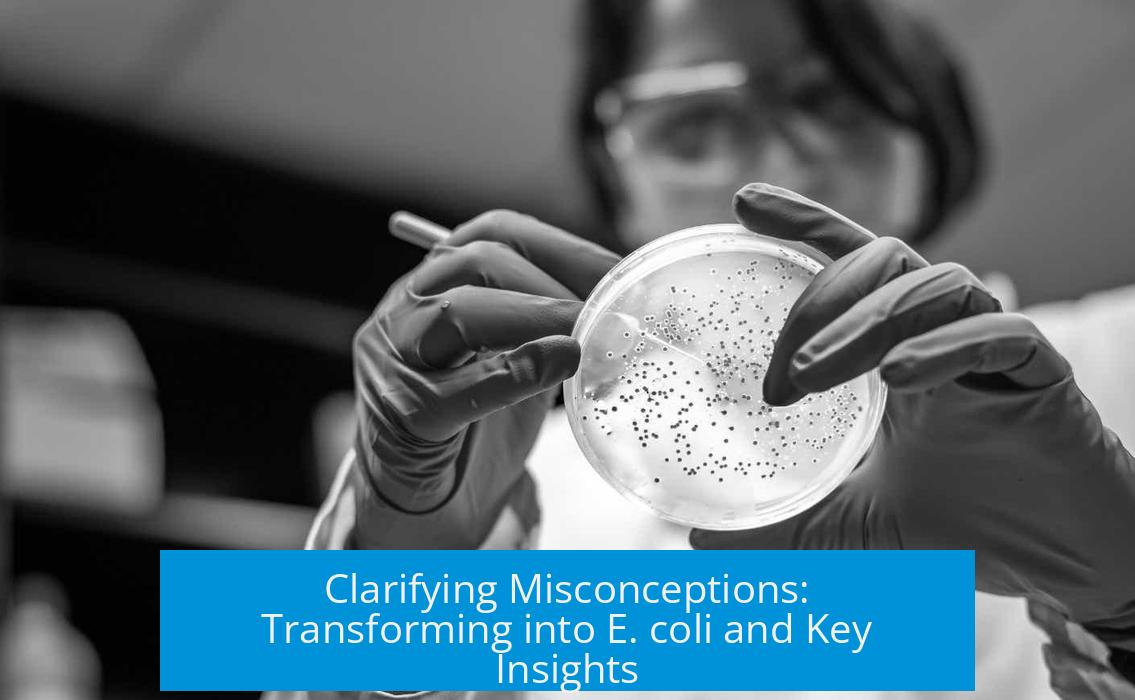
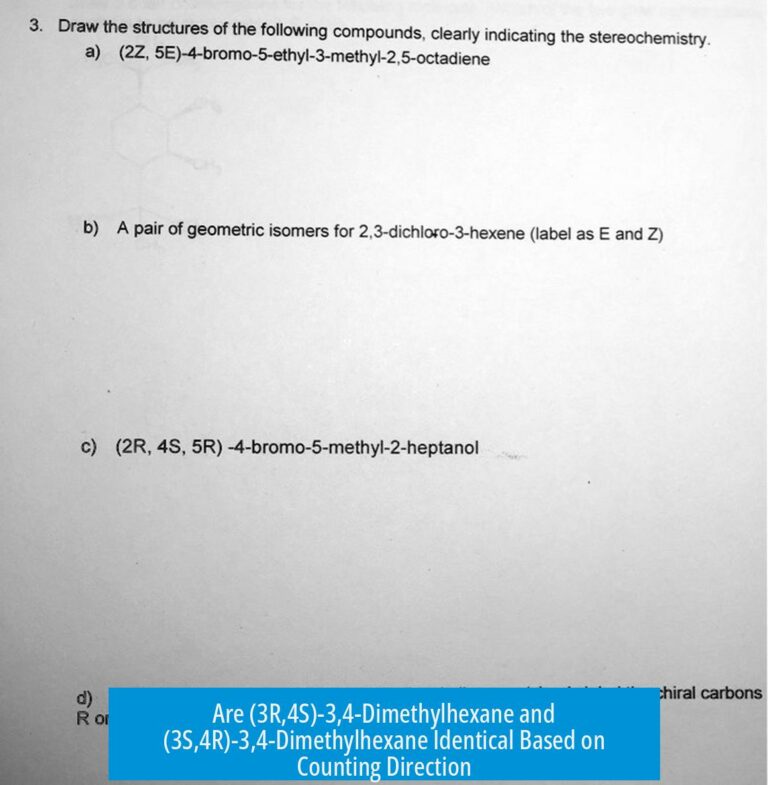
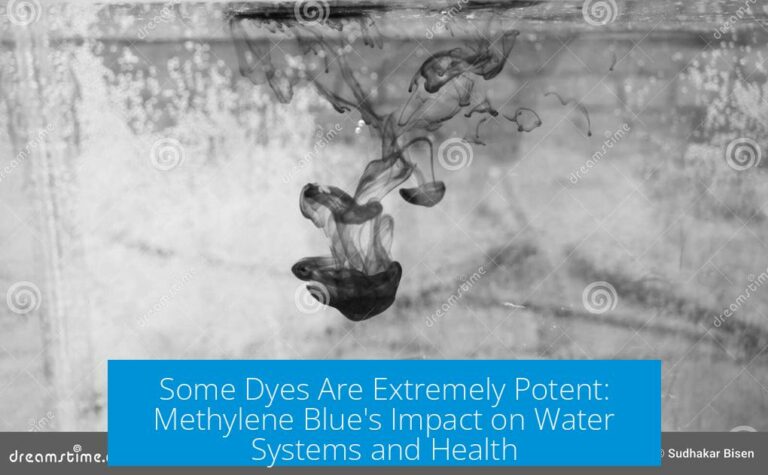
Leave a Comment